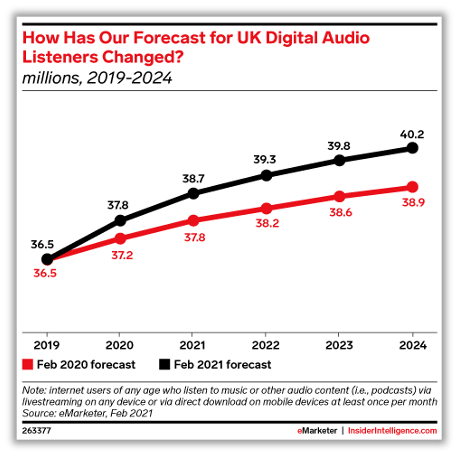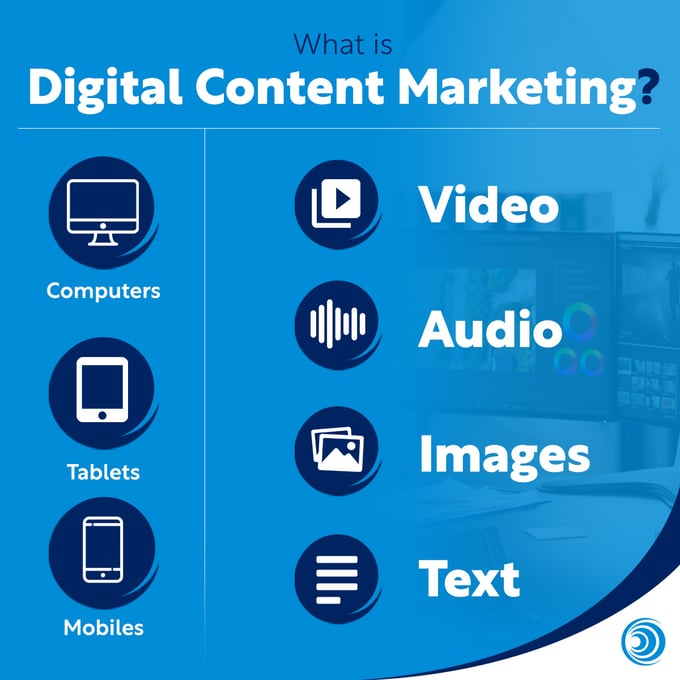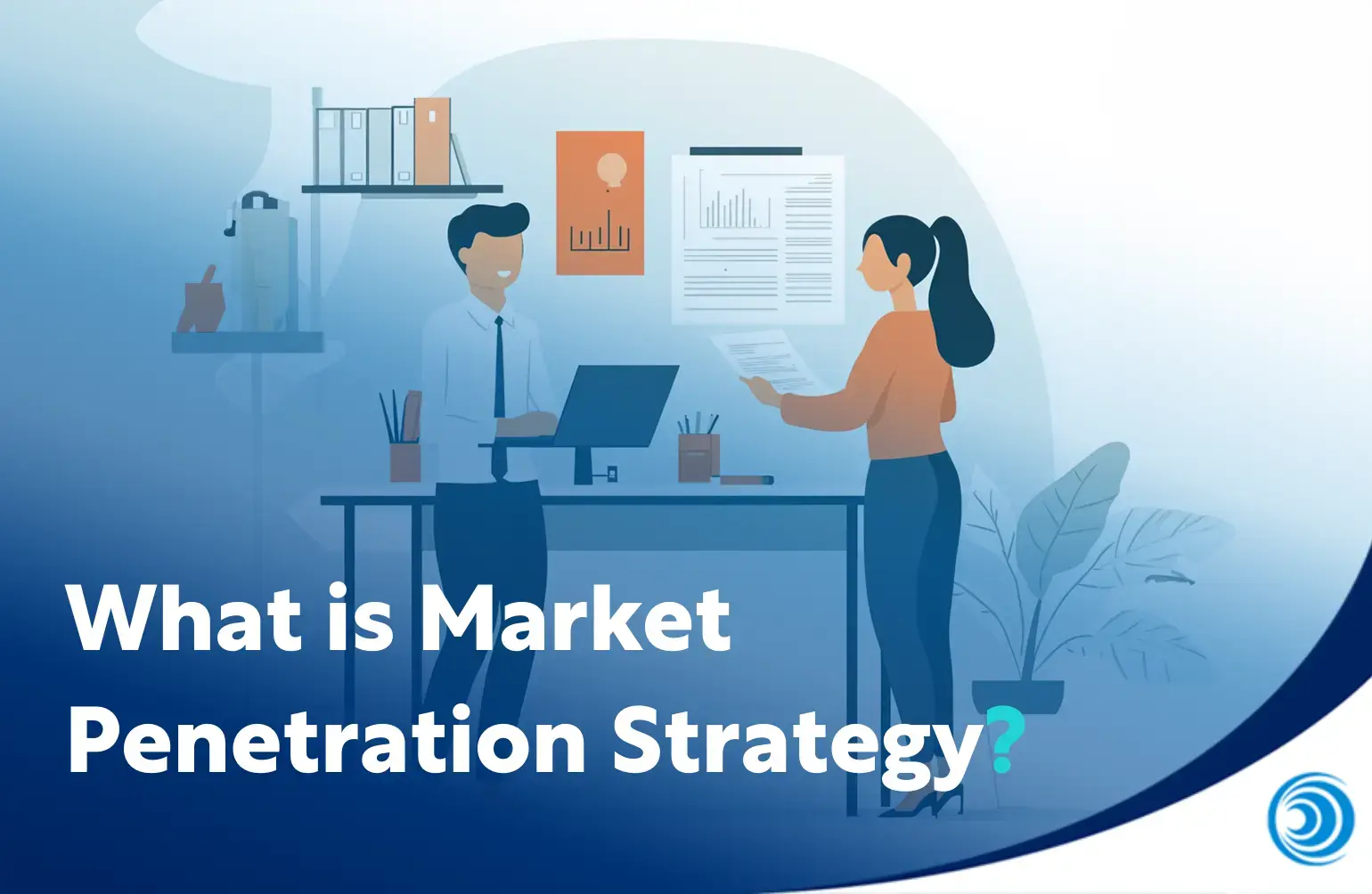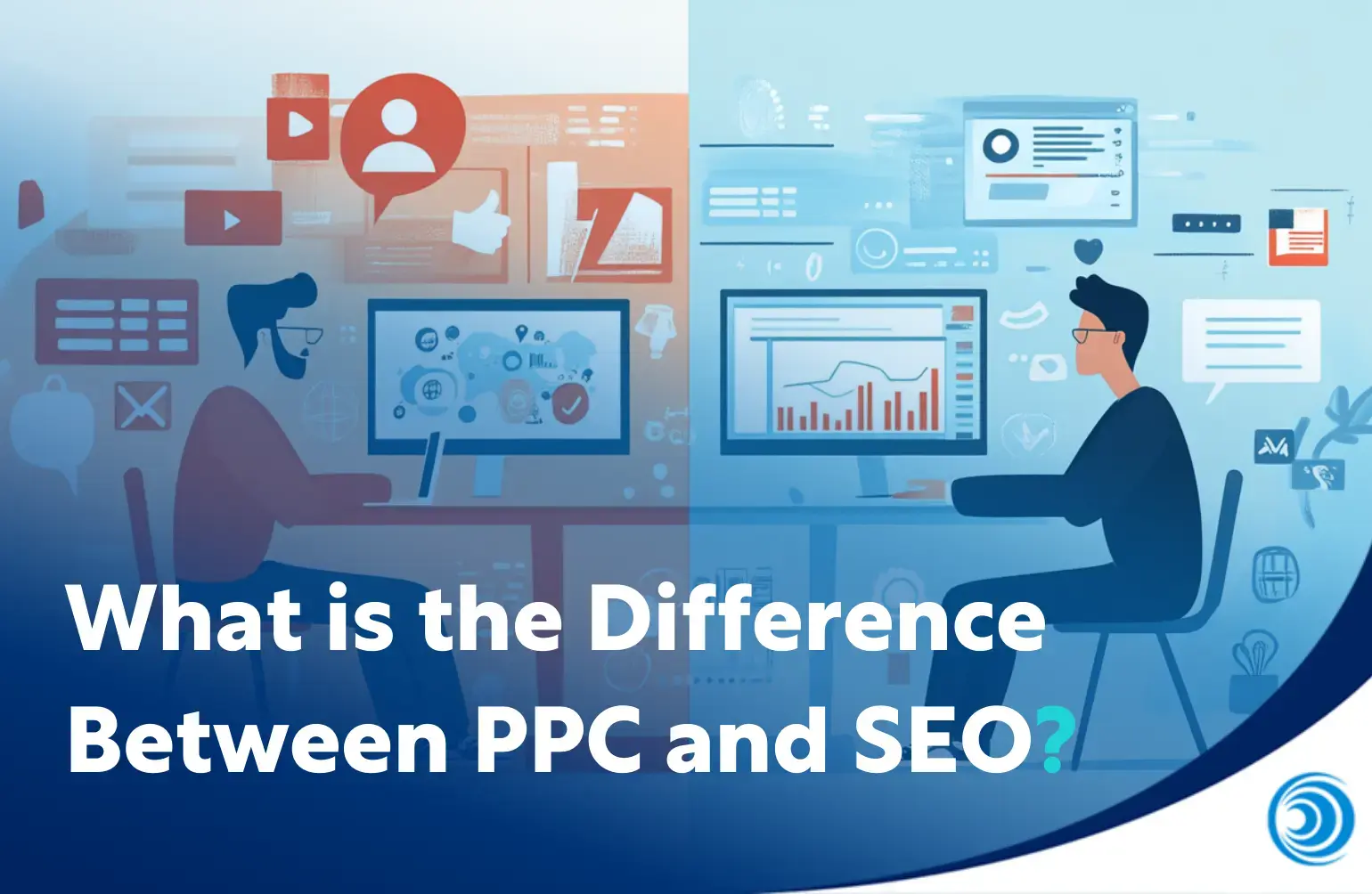
What is Fintech Content Marketing?
Having only a great fintech product, a sales team, and a website is like relying on chance to grow your fintech brand...
If you really want more visibility, leads, and sales, for your fintech, you will need great content marketing.
Let's look closer at these points, and more.
An introduction to fintech content marketing
Fintech content marketing is marketing focused on producing content - blogs, videos, audio, and social media posts - that attracts potential and existing fintech customers’ attention.
It must be branded, but it shouldn't primarily focus on the fintech brand or product. Instead, it should aim to be informative and/or entertaining.
Fintech was born in the digital age. So today, most fintech companies rely on digital marketing efforts.
Content marketing vs inbound marketing
There is a lot of crossover between content marketing and inbound marketing.
The main difference is subtle: the former's primary aim is to distribute different kinds of content, whereas the latter's is to attract with educational content.
Inbound marketing is an omnichannel approach to attracting potential customers by using digital marketing channels to educate and provide value to them.
This is different to outbound marketing, which aims to generate leads from a wide audience through more traditional marketing mediums like ads, billboards, and telemarketing.
Content marketing can be seen as a hybrid of inbound and outbound marketing efforts.
It both provides helpful content for users to find and actively distributes and promotes it across multiple channels.
B2C vs B2B fintech content marketing
The fintech industry is a broad church.
It can be split into several different categories in several different ways. The simplest grouping is: business-to-consumer (B2C) and business-to-business (B2B).
The B2B fintech field is also increasingly competitive for marketing. Potential B2B customers are all also B2C customers in their free time.
So, even though the buying process and channels are often different, the same basic principles apply:
-
Brands must be distinct, mentally and physically available, and consistently attract new customers
-
Your need to consistently produce content that is memorable
-
Marketing science laws like the double jeopardy law, the law of duplicate purchase, and the natural monopoly law apply
However, there are some subtle differences, too:
-
Perceptions: B2B marketers are often seen as assistants to sales teams within B2B fintech companies. B2C marketers often have more scope for publishing creative content
-
Platforms: B2B audiences are mainly found in professional channels, while B2C audiences can be found on platforms like Instagram and TikTok
-
Process: The decision-making process in B2B involves multiple players and longer sales cycles compared to B2C
While B2B fintech content marketing has some category-specific quirks, it can still learn a lot from B2C marketing in terms of creativity and memorability.
Where is your target audience?
Target audiences might be most active in different digital channels for many fintech businesses.
Competitor analysis using specialist software can provide in-depth insights into:
-
Who your competitors are
-
What their main marketing channels are
You can use data driven insights to compare your competitors with one another and your brand.
The importance of content marketing strategy
Content marketing should have a strategy tailored to fintech. Without it, it risks being unfocused and unmeasurable.
There are many different kinds of strategies to consider. They vary according to objectives, budget, channels, and more.
For example, a businesses-to-business (B2B) specific strategy will need to consider different the '5:95 Rule' common in B2B marketing.
Types of fintech content marketing
1. Blogs
Reading is a hugely popular online activity, in part because reading is a faster way to absorb information than listening. There are billions of Google searches a day, and the majority are done with text.
Satisfying this demand with blogs is a great way to reach potential and existing clients.
However, before you start writing them, you need to understand the purpose behind different kinds of blogs.
In short, you should write both:
-
Blogs for SEO. These are written to rank in search engines. They require careful planning and an SEO strategy
-
Thought leadership blogs. These are only worthwhile if you have - or have access to - a large enough readership
2. Video
Video content is increasingly popular online. An estimated 3.5 billion people of any age watch video online in 2023.
But it is also increasingly competitive. A deep knowledge and technical ability in video content creation is a must.
To provide insights into the complex world of fintech isn't always easy. But there are many ways to go about it, including: how to guides, customer stories, and more.
YouTube SEO
With its own unique ranking factors and priorities, this is very different to traditional SEO.
Thumbnails, length and posting frequency are all important aspects when planning and creating content for YouTube.
But if you are really trying to maximise your video SEO you must keep track of your viewer retention figures. Over the last 7 years, these have continued to have a growing influence over video SEO.
Early drop-off rates and frequent skipping past sections of a video are some of the biggest issues you will need to address and ideally avoid.
Targeting the appropriate length for your video content and optimising the structure are both incredibly important for this exact reason.
The importance of subtitles
Subtitles are very useful for increasing viewing metrics on videos. This is particularly the case with B2B, where videos are more likely to be consumed during office hours.
3. Images
Images are a vital and often overlooked part of content marketing. It's almost impossible to create high quality content without high quality keywords.
Within Google, image searches are the second most popular type of search.
Besides their search-related benefits, images also help with the appearance and informative value of content.
Consistently choosing and editing the right pictures is both an art and a science. It impacts users’ important first impression of your brand and their longer-term trust.
Two important uses of images are worth keeping in mind:
Infographics
Infographics ('information' + 'graphics') are visual representations of information, including data, salient points or systems. Done well, they help users quickly and intuitively grasp information.
They not only present information in a striking and memorable way but also break up the text in blogs, or footage in videos, with attractive stimuli. This can significantly increase dwell or viewing times.
They are also more likely to be shared on social media platforms than most digital content. This makes them a great tool for gaining visibility (so don’t forget to brand your infographics!).
Original photos
Photos are often a core part of marketing digital content, whether it’s a web page, e-book, newsletter, or more.
Stock photos are better than no photos, but using high-quality original images is the best option. It will help establish your brand’s uniqueness and improve your standing in Google’s image searches.
4. Audio
Digital audio consumption is a fast-growing element of digital content marketing:

There are a number of ways you could capitalise on this trend for your fintech company:
Audio versions of content
As with video, Google says there is no direct advantage for embedded audio files in blogs and it doesn’t distinguish well between audio and video.
However, they don’t rule out it giving indirect advantages. Audio increases accessibility (usually something Google actively favours), which can help reduce bounce rates and increase dwell time.
Podcasts
Podcasts can come in many forms, from short scripted segments to long-form conversational pieces.
They have come a long way in a short time. Their status as a niche bedroom blogger format is over, they are now a mainstream multi-billion-pound industry!
Podcasts are a great way to display and share your industry knowledge and improve your fintech business’ visibility to broader audience.

5. Social media
Having a social media marketing strategy helps build relationships with both B2B and B2C buyers.
Identifying key business goals and metrics is crucial in crafting a successful social media strategy.
Fintech companies choose the right social media platforms for their goals and industry and focus on doing a few channels well rather than spreading efforts across several.
Additionally, don't waste campaign data by simply relying on likes and shares. Make the most of social media engagement data to better understand your target customers and refine your campaigns.
Artificial intelligence's (AI) role in content creation
With the rise of AI-powered tools such as ChatGPT, it’s never been easier for fintechs to create marketing content.
This will be of greatest benefit to those fintechs that may have struggled with marketing resources or language issues.
This means will that there will be less poorly written content online. But there will also be a lot more mediocre and indistinct content.
For fintechs to really stand out they will need three key things:
-
Unique perspective
-
Real expertise and the insights that come with that
-
Attitude
These will differentiate content and create the conditions for opportunity building a truly distinctive brand.
What other channels complement fintech content marketing?
There are several marketing channels that compliment content marketing for fintech companies, including:
-
Sales converts leads generated through marketing and attracts some unique leads, too. Sales teams can also provide valuable feedback on customers' interests and problems
-
Event marketing attracts potential customers through activities including and related to exhibiting, sponsoring or attending events
-
Influencer marketing uses influencers or 'fin-fluencers' (fintech-specific influencers) for campaigns and/or partnerships to increase the reach of marketing
-
Word-of-mouth covers satisfied customers promoting your product or service to others through recommendations or endorsements
How do CRMs like HubSpot help with content marketing?
HubSpot is an invaluable content marketing system (CMS) for fintech companies.
It enables rapid response to new campaign opportunities by consolidating marketing activities. Fintech marketing teams can then focus on achieving their goals and delivering optimal results.
Contact us if you are interested in learning more about how HubSpot can help your fintech content marketing efforts.
Conclusion
Knowing your target audience's preferred digital channels is essential for effective marketing. Competitor analysis tools help kickstart this process.
Strategy is also crucial for success. It should consider objectives, budget, and channels. And CRM systems like HubSpot are valuable for managing fintech content marketing efforts efficiently.



